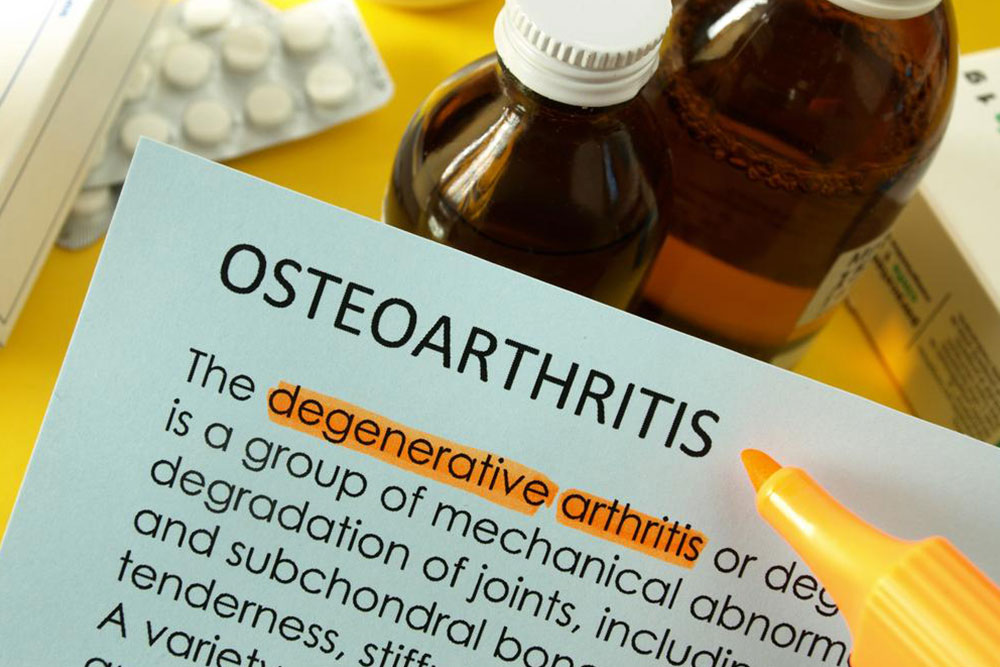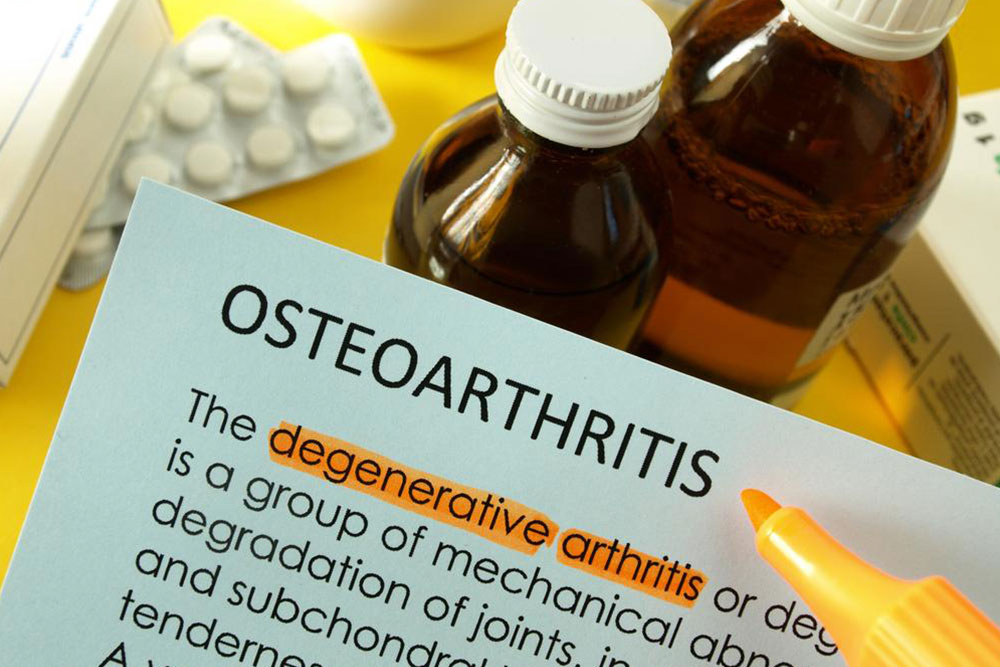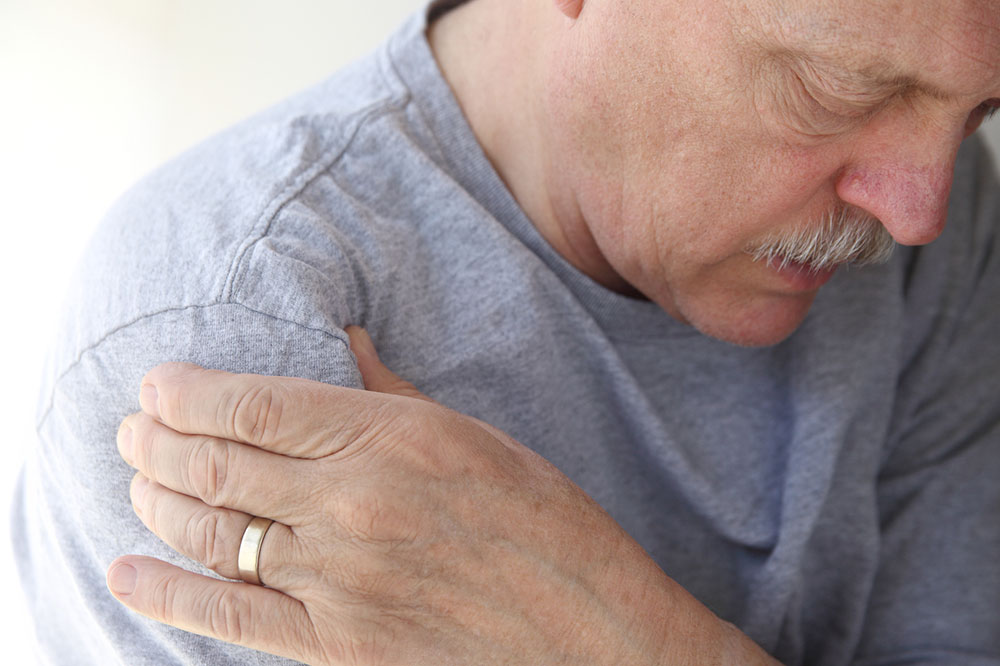Comprehensive Approaches to Alleviating Osteoarthritis Pain
This comprehensive guide explores effective strategies for managing osteoarthritis discomfort. From maintaining a healthy weight and applying heat or cold therapy to incorporating green tea and water exercises, learn practical approaches to reduce pain, improve mobility, and enhance quality of life. Understanding these methods helps osteoarthritis patients adopt lifestyle changes that support joint health and manage symptoms effectively.

Comprehensive Approaches to Alleviating Osteoarthritis Pain
Osteoarthritis (OA) is a chronic degenerative joint condition that primarily impacts the knees, hips, lower back, and neck regions. It is characterized by the progressive deterioration of cartilage, the smooth, cushioning tissue covering the ends of bones within joints. When cartilage breaks down, bones may start to rub against each other, leading to inflammation, swelling, and significant discomfort. Over time, the wear and tear can lead to a complete loss of cartilage, exposing bones and impairing movement. The impact of osteoarthritis extends beyond physical pain—it can interfere with daily activities, work performance, and social relationships, significantly diminishing quality of life.
Although osteoarthritis can affect individuals of any age, it is most prevalent among those over 60 years old. The degenerative process is often linked to aging, but other factors such as genetics, injuries, and lifestyle choices also contribute. While there is currently no definitive cure for osteoarthritis, a combination of lifestyle modifications, physical therapies, dietary habits, and medical interventions can significantly reduce symptoms and improve mobility. Understanding and implementing effective management strategies can make a meaningful difference for those living with this long-term condition.
Key Strategies for Managing Osteoarthritis Discomfort
1. Achieve and Maintain a Healthy Weight
One of the most impactful steps in alleviating osteoarthritis symptoms is maintaining an optimal body weight. Excess weight exerts additional stress on the weight-bearing joints like knees, hips, and ankles. Even modest weight loss can result in a substantial reduction in joint pain and further joint damage. For example, losing five pounds can decrease knee stress by approximately 15 pounds during activities such as walking or climbing stairs. Incorporating a balanced diet with appropriate calorie intake, combined with regular physical activity, supports weight management and overall joint health.
2. Apply Heat and Cold Therapy
Thermal treatments are widely used to manage osteoarthritis pain. Applying heat pads can help relax tense muscles, improve blood circulation, and reduce stiffness—particularly effective before physical activity. Cold packs, on the other hand, are beneficial for reducing inflammation and numbing sharp pain, especially after excessive joint use or flare-ups. It's crucial to use these therapies correctly: heat should be applied for 15-20 minutes, and cold for 10-15 minutes, with protective cloth layers to prevent skin irritation. Alternating between heat and cold can maximize relief and improve joint function.
3. Incorporate Green Tea into Your Diet
Green tea contains potent antioxidants called polyphenols, which have anti-inflammatory properties that can help combat joint inflammation associated with osteoarthritis. Regular consumption of green tea may support cartilage health and slow down the progression of joint degeneration. However, moderation is essential—excessive intake could lead to liver complications or interfere with certain medications. Drinking 2-3 cups of green tea daily has been shown to offer health benefits without adverse effects. Complementing green tea with a nutrient-rich diet can support overall joint and metabolic health.
4. Opt for Therapeutic Massage
Massage therapy offers numerous benefits for osteoarthritis sufferers. Therapeutic massage improves blood flow, alleviates muscle tension around affected joints, and reduces stiffness. Regular massage sessions can also help decrease pain perception and enhance mobility by promoting relaxation of sore muscles and joint tissues. It’s advisable to consult with a professional therapist experienced in dealing with joint conditions, to tailor massage treatments effectively and ensure safety.
5. Engage in Water-Based Exercises
Exercises performed in water, such as swimming or water aerobics, are highly recommended for managing osteoarthritis. The buoyancy of water reduces stress on weight-bearing joints, allowing for more comfortable movement. Water exercises help improve joint flexibility, strengthen muscles around affected areas, and enhance cardiovascular health. These workouts are gentle yet effective, making them suitable for individuals with limited mobility or joint pain. Consistent participation in aquatic activities can lead to significant improvements in joint function and reduce discomfort over time.
Additional Tips and Lifestyle Adjustments
Beyond these primary strategies, other lifestyle modifications can also contribute to managing osteoarthritis symptoms. Proper footwear with cushioning and support minimizes joint impact during daily activities. Maintaining good posture reduces unnecessary strain on joints, especially for those with lower back osteoarthritis. Incorporating physical therapy and prescribed exercises into routine regimens enhances joint stability and flexibility. Avoiding repetitive movements that exacerbate joint pain, and ensuring adequate rest periods, are vital for preventing flare-ups. In some cases, medical treatments such as nonsteroidal anti-inflammatory drugs (NSAIDs), corticosteroid injections, or even surgical interventions may be recommended by healthcare professionals.
Living with osteoarthritis requires a comprehensive approach that combines medical management with lifestyle changes. By actively managing weight, utilizing thermal therapies, adopting an anti-inflammatory diet, engaging in appropriate physical activities, and seeking professional care, patients can significantly reduce discomfort, preserve mobility, and maintain quality of life. Education and self-awareness are key components—understanding the nature of the condition empowers individuals to make effective choices daily. Always consult with healthcare providers to develop personalized treatment plans tailored to specific needs and disease severity.





